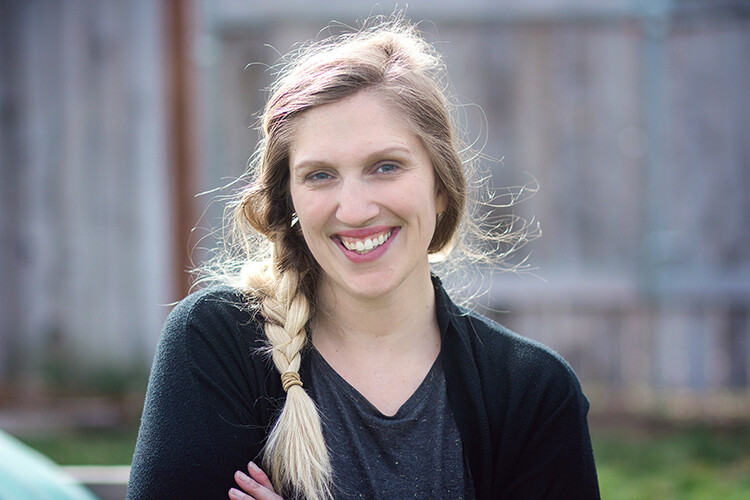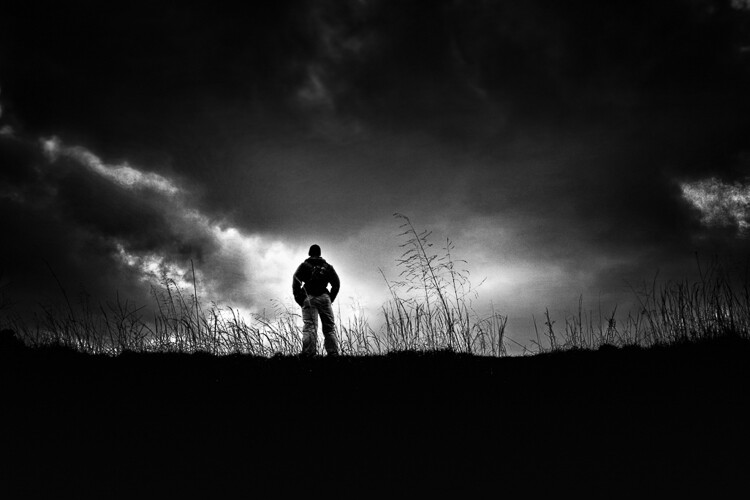The post Lessons from the Masters: Sally Mann appeared first on Digital Photography School. It was authored by Adam Welch.

Photography can be mischaracterized as a “safe” medium. More often than not, photographs are geared towards improving the way we view the world and ourselves. Generally speaking, photography appeals to the lighter side of our senses. Whether it’s the calm aesthetics of a serene landscape or a hauntingly sublime portrait of an elegant model, when we think of photography, we immediately think about all the ways it can make the world seem more beautiful and more safe.

But the world isn’t always beautiful. The world isn’t always the safe and secure menagerie of perfection we often see displayed in the photographs on social media and other corners of the internet. For all its effectual nature, photography, which displays only the conventionally pristine faces of our world, is at best, a blissful half-truth and at worse, blatant hypocrisy. We are surrounded by uncomfortable realities that are easier ignored than embraced or even acknowledged.
This leads me to the work and life of a photographer who is surrounded by as much controversy as she is by her works enigmatic magnetism. In this edition of “Lessons from the Masters,” we take a close look at the photography of Sally Mann. We see why and how she has become such an oddly iconic herald of the merits of unconventional photographic content.
Mann’s photographs epitomize the harsh internal conflicts we all face in our work and our lives as we walk the fine line between tactful self-expression and creative freedom. We’re going to find out what lessons we can learn and apply (or avoid) to grow as photographers.
Who is Sally Mann?

Photo: Michelle Hood [CC BY-SA 3.0]
In 1951, the girl who becomes Sally Mann was born in the small southern town of Lexington, Virginia where she still lives today.
Her path to photography was first facilitated through her physician father (also an artist) with whom Sally would have an admittedly complex relationship throughout her life. She holds a BA and an MA in creative writing from Hollins University in Virginia. It is remarkable to note that Sally Mann has never formally trained in the craft of photography.
Although she has produced work across all photographic mediums, she gravitates toward photographing things closest to her home in the southern United States. The large body of her photographs centers around the investigation of death, sensuality, history, childhood, and the visceral (often painful) realities of life.
Many of her most known photos are products of antiquated photographic techniques such as wet plate collodion. She captures these using an antique 8×10 view camera with equally-aged lenses. Incidentally, this type of photography plays an enormous role in one of the most important lessons we will learn from Mann.
Sally Mann has published numerous books of her photographs as well as produced multiple major exhibitions and is a Guggenheim fellow. She has been the subject of two documentary films with one nominated for an Academy Award and the other an Emmy.
In 2001, Mann was named “America’s Best Photographer” by Times magazine.
The following two images are from Sally Mann’s A Thousand Crossings exhibition.
View this post on Instagram
“Deep South, Untitled (Concrete Grave)”, (1998) Gelatin silver print . . . . . . #sallymann #athousandcrossings #gelatinsilverprint #analogphotography #blackandwhite #photography #print #darkroom #highmuseumofart #ngadc #peabodyessexmuseum
View this post on Instagram
“Untitled (Self-Portrait)”, (2006- 2012) Grid of nine ambrotypes. . . . . . . #sallymann #athousandcrossings #analog #photography #ambrotype #glass #plate #negative #ambrotypephotography #analogphotography #selfportrait #process
Now, let’s look at some lessons we can learn from Sally Mann.
Photographic opportunities are everywhere
We are fortunate today as photographers in that we can make photographs at literally any time. Through the progression of photographic techniques, our cameras have become smaller, cheaper, and generally more qualitative than ever before.
And yet, we sometimes find ourselves at a loss for what to photograph.

I’ll admit, I’m guilty of this mental photo block myself. Sometimes we can convince ourselves that we need to “go somewhere” to make photos. It’s easy to forget that it’s not necessarily the location or the subject matter that makes for a great photo. Instead, it’s how we inject our own creativity into the making of the photo that truly matters.
In the case of Sally Mann, the majority of her work takes place on and around her property, with concentrations on simple subject matter.
The lesson:
The next time you feel like there’s nothing to photograph, remember to look a little deeper at the things surrounding you at any given moment. Light transforms textures and can produce incredibly dynamic compositions from even the most common subjects.
As a measure of solidarity, I made three photos using my cell phone here in the room where I’m currently writing. They are incredibly basic objects: my hand, a spoon, and a book, with the entire process only consuming about ten minutes. I made all of these using available window light and then quickly processed them in Adobe Lightroom Mobile.



Much like Ed Weston and his simplistic photos of common objects, Sally Mann teaches us that it can pay to look deeper at the things we encounter every day.
Embrace the flaws
Nothing is or ever will be perfect, especially our photographs. Coming to terms with the truth that perfection is unattainable is a constant difficulty that we all must face as photographers. Sally Mann takes this one step further by actively welcoming flaws and imperfections into her work.
Many of Mann’s most iconic works carry a measure of impurity, which somehow lends itself to completing the total impact of the photo.

From one of my own photo projects. A sheet of 4×5 film shot in the Mojave desert and developed from the back of my car. Complete with dirt, scratches and water spots.
Sally Mann refers to this mercurial facet of her work as the “angel of uncertainty” in reference to the somewhat unpredictable nature of the photographic processes she employs. It’s this complete surrender to the happenstances of the work that gives Sally Mann’s photos their unique qualities.
The lesson:
Try to strike a balance between proficiency and cautioned spontaneity when you make your photographs. Keep in mind that a “perfect” photo doesn’t exist and try not to become so preoccupied with your technique that the creative nature of your work suffers.
Allow yourself to be yourself, and that will shine through in your photos. Welcome all the little intricacies and glitches, which come along with making photographs, and you will likely find more enjoyment from the images you make.
Recognize the power of photography
As much as Sally Mann’s work is revered by some it is reviled by others. Her expressions of death, decay and especially her highly controversial images of her children have made here somewhat of a polarized figure. It speaks to the incredible power held within photographs which can move people in a multitude of directions.

Photo by Adam Welch
The lesson:
Photography is not just a two-dimensional art form. The power of photography can transcend the medium itself with many legendary photos serving as a model for social and environmental change.
To that end, we must always remember that our work can affect our viewers on levels we might not fully comprehend.
It’s true that we can impact the lives of those who see our photos in a positive way. Yet, it is also true that our photos can have the opposite effect and can potentially cause pain. In the case of Sally Mann, the public reception may include entirely different attitudes than was originally intended.
In closing…
No matter if you’re a professional or hobbyist, being a photographer today means constant reminders that our photographs could always be better. If we only had this or that piece of gear, or maybe if we travel to this place or that, our images will somehow finally reach that magical Nirvana we always hoped they could achieve.
And then we have Sally Mann – a photographer that has managed to become arguably one of the most influential photo makers of the last fifty years.
She seems to defy the conventions of today’s photographic climate by shooting close to and in her home using tools and techniques that are more than a century old.
Her work is famous – and at times, infamous.
In fact, many of her more notable works can’t even be shown within this article. Yet, the work of Sally Mann reminds us all that we are making photographs with similar intentions; to express ourselves using whatever means satisfy us most.
Perhaps the greatest lesson we can learn from Sally Mann is that we all share a common complexity best translated through photographs in the absence of words. That somehow we find perfection through imperfection, and that we are all mortal.
You may also like:
- Lessons you can learn from master photographers – Minor White, Ansel Adams, and Syl Arena
- More Lessons from the Photography Masters: David Burnett and Vivian Maier
- Lessons from the Masters: Robert Capa and Jerry Uelsmann
- Lessons from the Masters: Morley Baer
- Lessons from the Masters: Imogen Cunningham
The post Lessons from the Masters: Sally Mann appeared first on Digital Photography School. It was authored by Adam Welch.


























































































You must be logged in to post a comment.